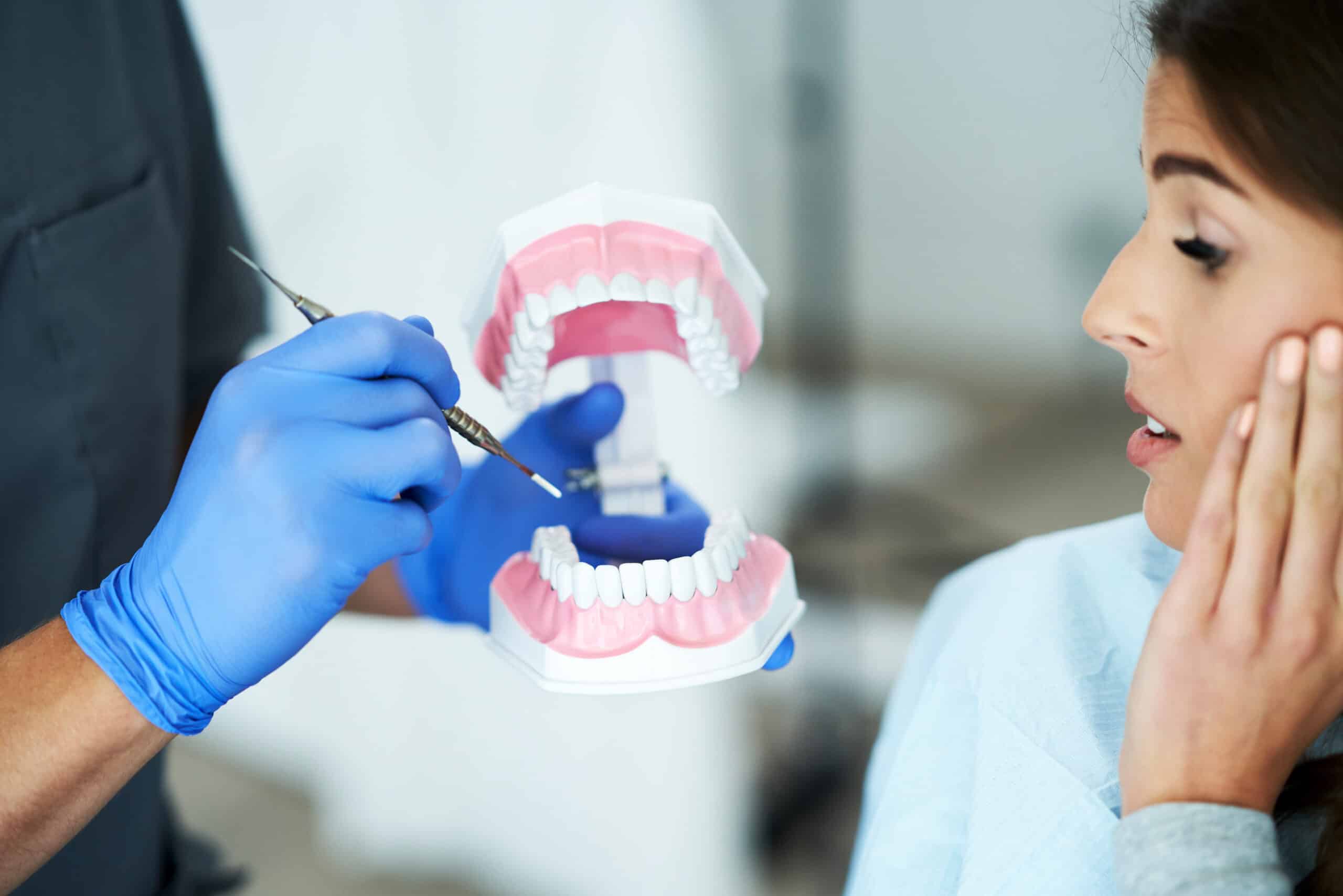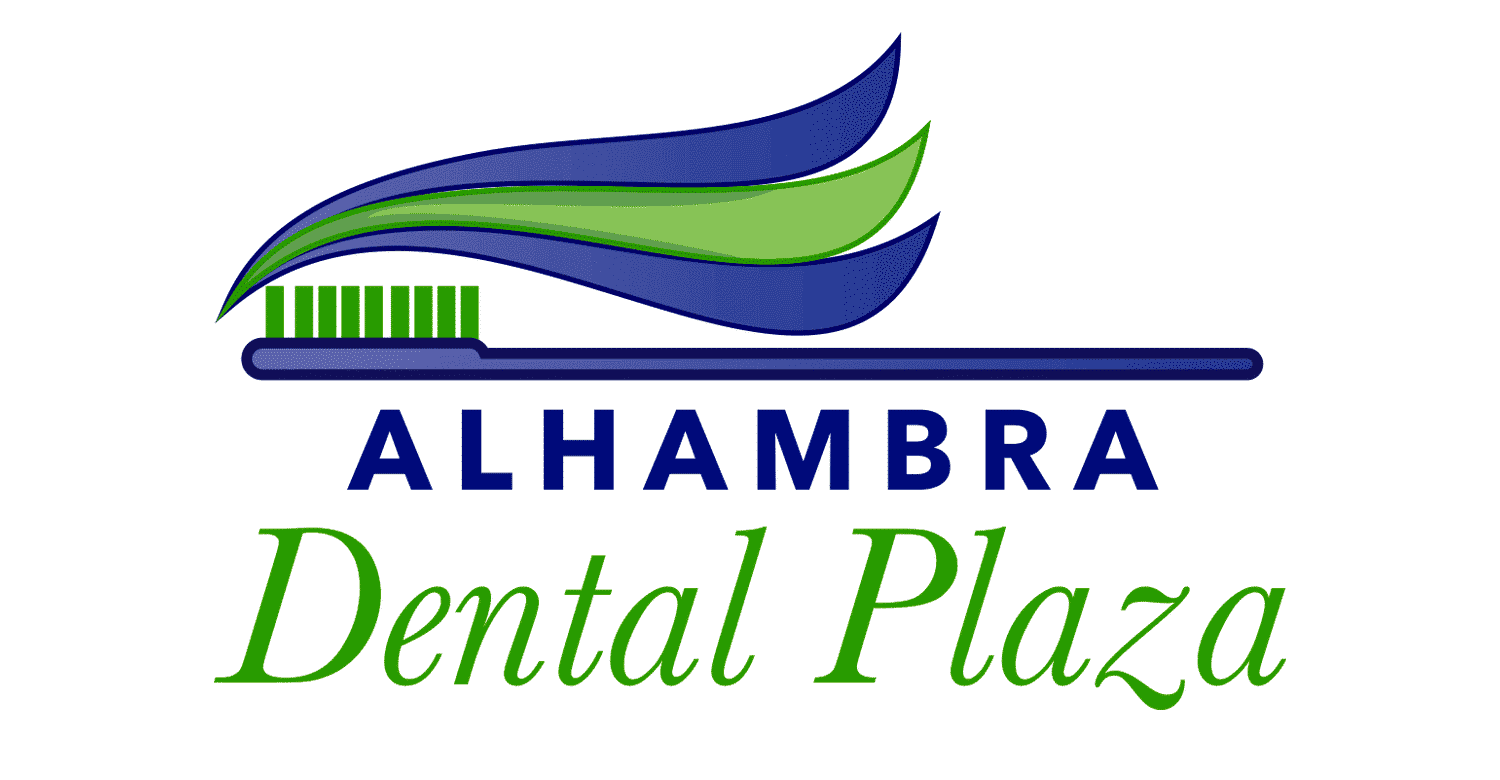Through our periodontal services, the team at Alhambra Dental Plaza places the focus on your gums and the supporting tissue of your teeth to ensure that your smile is healthy and beautiful. We may recommend periodontal treatment during a routine visit or based on a new onset of symptoms.
Our periodontal team welcomes patients in and around East Sac and Midtown to contact our Sacramento, CA dental office; that way, we can help preserve your smile for years to come!

Pocket Reduction Surgery
Pocket reduction surgery, also known as flap surgery, is a surgical procedure used to treat advanced cases of periodontal disease. Periodontal disease occurs when the gum tissue becomes infected and inflamed, causing the gums to pull away from the teeth and form pockets. These pockets can become filled with bacteria, which can lead to further infection and damage to the surrounding bone.
- During pocket reduction surgery, a small incision in the gum tissue will be made to expose the root of the tooth and the surrounding bone.
- The doctor will then use special instruments to remove the bacteria and tartar that have accumulated in the pockets.
- The bone around the affected teeth may also be reshaped to prevent the pockets from reforming.
Once the cleaning and reshaping are complete, the gum tissue is then sutured back in place, and the healing process begins. It may take several weeks for the gums to fully heal and reattach to the teeth.
Gum Recession
Gum recession happens when gum tissue slowly wears away, causing exposure of tooth structures that are typically covered, including the root of the tooth during extreme cases. Oftentimes, early stages of gum recession cause no symptoms, so you may not notice it until it has progressed to more advanced stages.
Symptoms of gum recession include:
- Tooth sensitivity
- Changes in tooth length
- Gum inflammation
- Visible tooth roots
Your gums can begin to recede due to a number of factors, such as overaggressive brushing, periodontal disease, using chewing tobacco, and general poor dental hygiene.
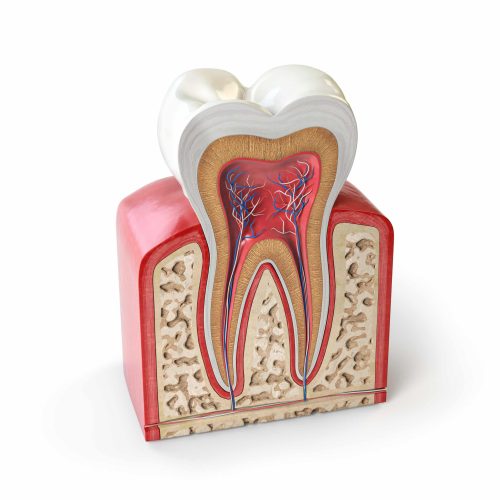
Crown Lengthening
Crown lengthening is a surgical procedure that increases the exposure of the ‘crown’ of a tooth by removing excess gum tissue, and occasionally bone. It’s beneficial for managing periodontal disease by decreasing the depth of gum pockets, therefore making them easier to clean. It can also be used when there is not enough tooth structure to hold a crown or filling, such as when a tooth is broken or decay is present below the gum line. For aesthetic purposes, crown lengthening is used to correct a ‘gummy smile’, where an excessive amount of gum tissue is visible when you smile.
- The crown lengthening procedure begins with local anesthesia to ensure patient comfort.
- Then small incisions are made to gently pull the gums away from the teeth. This allows for the removal of excess gum tissue and, in some cases, bone around the root of the tooth to expose more of the crown.
- After the necessary adjustments have been made, the gums are then sutured back into place.
- The recovery period can vary, but typically it will take several weeks for the gums to heal completely.

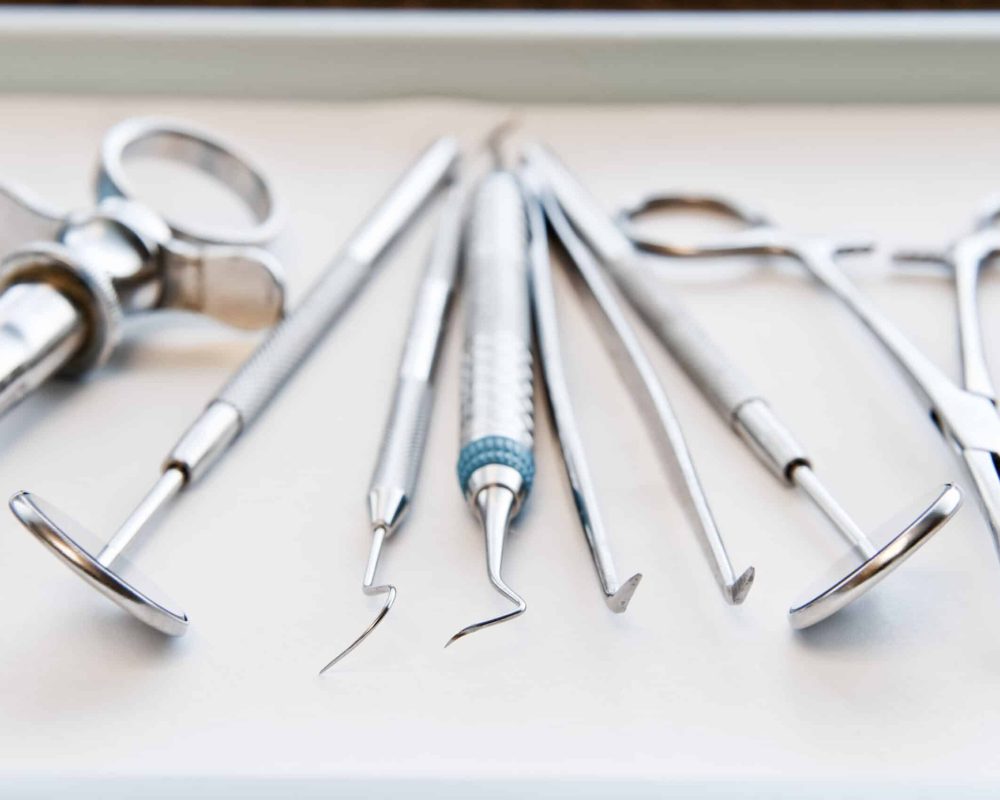
Gum Grafting
Also known as gingival grafts or soft tissue grafts, gum grafts are most commonly used to repair gum tissue that has recessed to the point of exposing sensitive tooth structures. Gum recession can be caused by a variety of factors, including periodontal disease, genetics, and aggressive brushing.
- During a gum graft procedure, we will take a small piece of tissue from the roof of the patient’s mouth (palate) or use donor tissue that has been medically processed, and graft it onto the affected area of the gums.
- The tissue is sutured in place and left to heal, which usually takes several weeks.
- The new tissue will grow and attach to the existing gum tissue, covering the exposed tooth roots and restoring a healthy gum line.
There are three main types of gum grafts: connective tissue grafts, free gingival grafts, and pedicle grafts.
- Connective tissue grafts are the most commonly used type of gum graft. They involve taking tissue from the palate and grafting it onto the affected area of the gums.
- Free gingival grafts are similar to connective tissue grafts but involve taking tissue directly from the palate.
- Pedicle grafts involve taking tissue from the gums near the affected area and grafting it onto the exposed tooth root.
Signs You May Need A Soft Tissue Graft
If your gum recession causes any of these symptoms, a soft tissue, or gum, the graft may be your best treatment option.
- Gums that are red, swollen, or otherwise inflamed
- Gums that bleed easily
- Teeth that are loose, causing gaps between the gums and teeth
- Tooth roots that are exposed
- Teeth that are sensitive to temperature or pressure
Bone Grafts
Bone grafting is a surgical procedure offered at Alhambra Dental Plaza that involves adding bone grafting material to an area of the jaw where there is bone loss. Bone loss can occur due to advanced periodontitis, a severe form of gum disease that can lead to tooth loss. It can also occur due to injury or trauma to the jaw.
- During a bone graft procedure, a small incision in the gum tissue will be made to access the bone.
- Then, our team will add bone grafting material to the affected area. The bone grafting material can come from a variety of sources, including the patient’s own bone, a donor, or synthetic materials.
- Once the grafting material is in place, the area will be sutured closed and left to heal.
Over time, the bone grafting material will fuse with the existing bone, providing a new solid jawbone structure. This can help restore health to the bone and provide much-needed support and stability for the remaining teeth; it can even allow for the placement of dental implants.
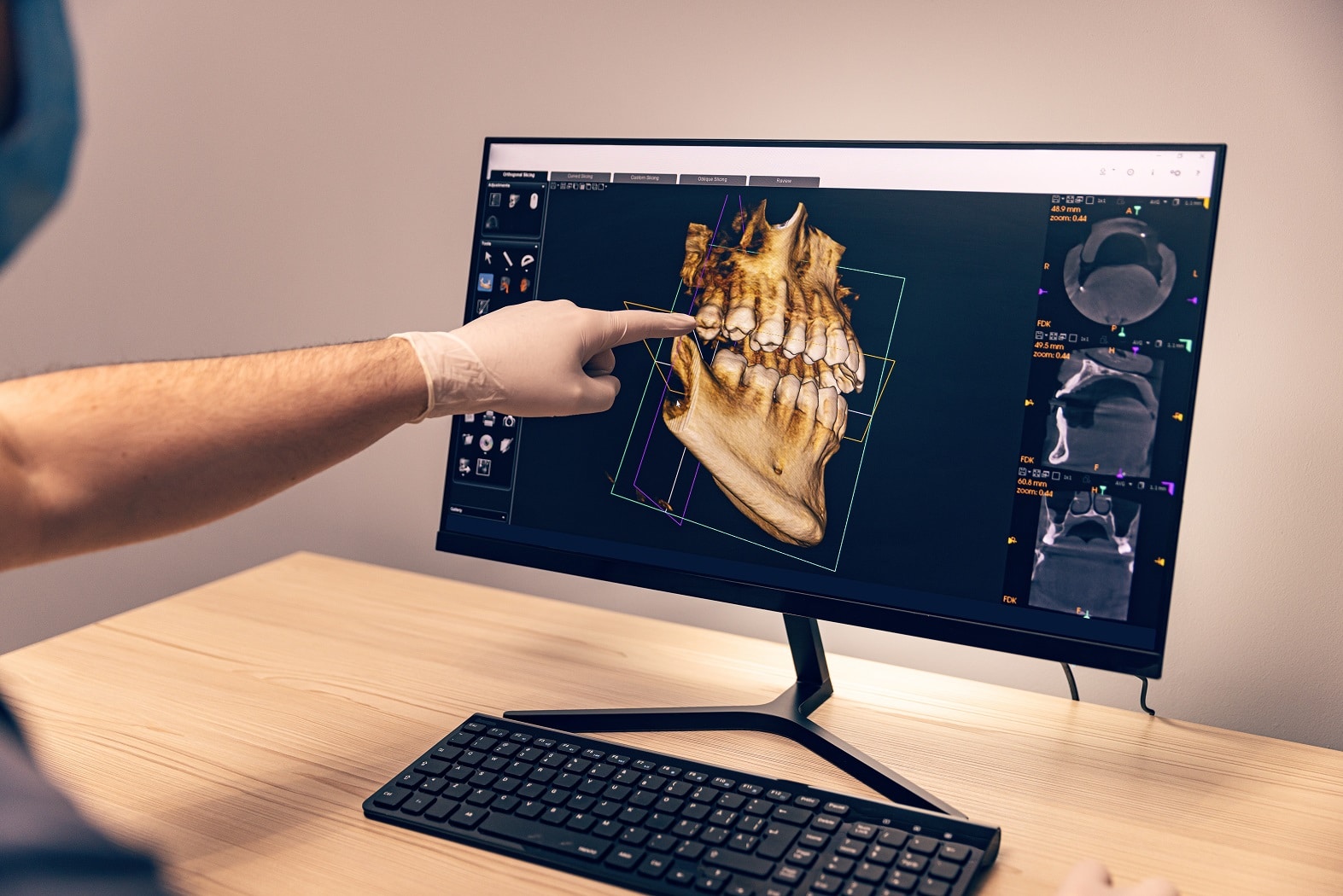
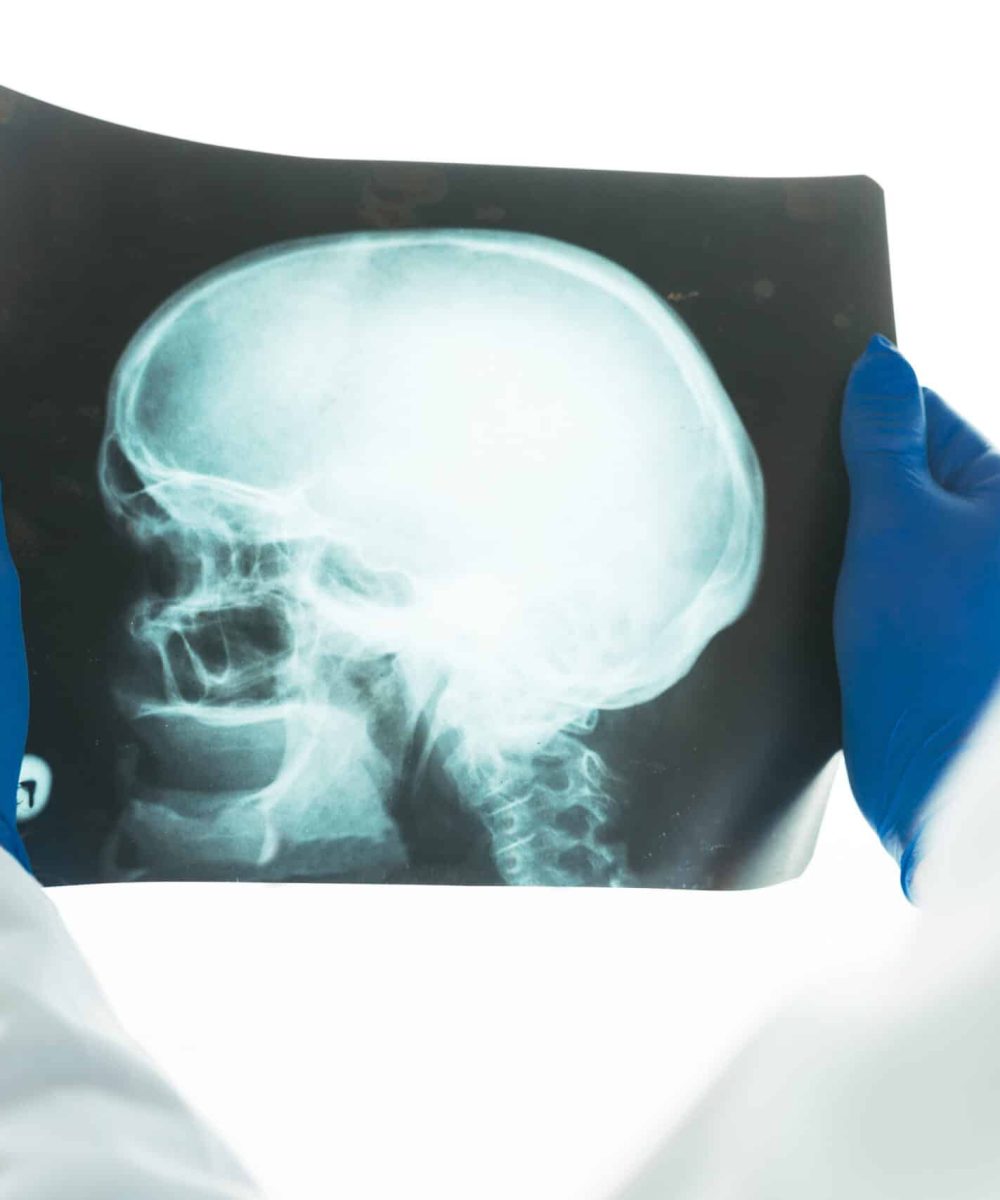
Sinus Lift
Sinus lift surgery, also known as sinus augmentation, is a dental procedure that involves adding bone to the upper jaw in the area of the molars and premolars. This is done to increase the amount of bone available for the placement of dental implants. The maxillary sinus is located above the upper jaw and can encroach on the area where dental implants would be placed. The goal of the sinus lift is to raise the sinus floor and create enough space for the placement of the dental implant.
- During a sinus lift procedure, a small incision in the gum tissue will be made to access the bone.
- Then a small opening in the bone will be created to gently lift the sinus membrane upward.
- Bone grafting material is then placed into the space created, and the incision is closed with sutures.
The healing process typically takes several months, during which time the bone graft will fuse with the existing bone.
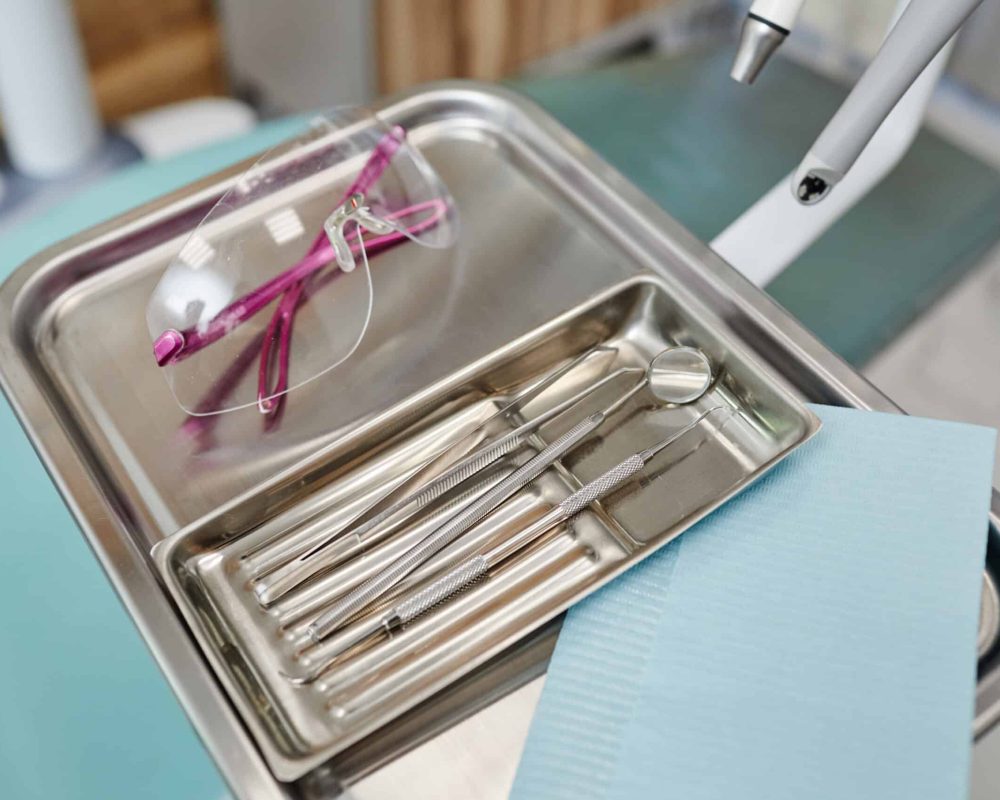
Frenectomy
A frenectomy is a surgical procedure that involves the removal of a frenulum, which is a small fold of tissue that connects two structures in the body. In the case of oral health, it refers to the frenulum that connects the tongue or lips to the gums. The purpose of a frenectomy is to correct or alleviate certain conditions, such as tongue-tie, lip-tie, or gum recession, that may be causing discomfort, speech impediments, or problems with oral hygiene.
- The process of a frenectomy is relatively straightforward and can be done in-office at Alhambra Dental Plaza under local anesthesia or with sedation.
- First, the area around the frenulum will be made numb with a local anesthetic to minimize discomfort during the procedure.
- Then, using a scalpel, he will remove the frenulum, and sutures may be placed to help the area heal properly.
After the procedure, the patient may experience some swelling, soreness, or bleeding, but this can be managed with over-the-counter pain medication, ice packs, and avoiding hard foods for a few days. It is also important to follow proper oral hygiene practices, such as brushing and flossing gently and avoiding alcohol-based mouthwashes.
Gingivectomy
A gingivectomy is a surgical procedure designed to remove excess gum tissue, which can result in a more aesthetically pleasing appearance and healthier gums. The procedure is relatively straightforward and can be performed in-office at Alhambra Dental Plaza.
Patients may seek a gingivectomy for several reasons, but the majority of cases are prompted by gummy smile correction or to remove gum pockets that trap bacteria.
- Before performing a gingivectomy, a thorough dental examination will be made to determine the extent of excess gum tissue growth and decide the best course of action.
- The procedure is typically performed under local anesthesia to ensure that the patient is comfortable throughout.
- A scalpel will then be used to remove the excess tissue.
After the procedure, patients may experience some swelling and discomfort, which can typically be managed with over-the-counter pain relievers and a soft diet. You will receive specific postoperative instructions, including recommendations for oral hygiene, to ensure that the gums heal correctly.


Ridge Preservation Graft
A ridge preservation graft is a dental procedure used to maintain the height and width of the jawbone after tooth extraction. When a tooth is removed, the surrounding bone can begin to deteriorate, leading to a loss of bone height and width. A ridge preservation graft involves placing bone grafting material into the extraction site to promote bone growth and prevent bone loss.
- During the procedure, the tooth will be extracted, and the area will be clean thoroughly.
- He will then place the bone grafting material into the socket and cover it with a protective membrane.
- The area will be sutured closed for healing.
Ridge preservation grafts can be performed immediately after a tooth extraction or within a few weeks of the extraction. This procedure can help preserve the jawbone and prevent the need for more extensive bone grafting treatments in the future.
Bruxism
Teeth grinding, or bruxism, is something many of us do, whether it’s overnight as we sleep or during times of high tension. Excessive grinding can lead to a number of oral health problems, including ones that affect the gums. The pressure that grinding exerts can lead to gum recession. It can also cause teeth to loosen over time, which in turn causes pockets to form in the gums surrounding the teeth. These pockets are a telltale sign of periodontal disease that needs to be addressed as soon as possible.
If you have concerns about the health of your gums, call Alhambra Dental Plaza today to schedule an appointment.
